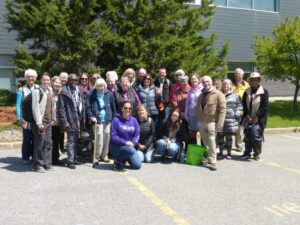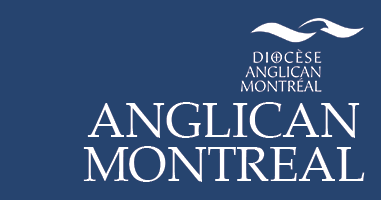Over the years how many people have crossed the Mercier Bridge and driven along route 132 on the South shore of Montreal and passed by Kanawake? When I did so, I remember thinking that this is land reserved for the First Nations Mohawk people who live here. I really didn’t think much more about it, and I suspect that most people don’t give it much thought either.
For some people, their awareness began to change in 2015 when the Truth and Reconciliation Commission concluded it’s work of bearing witness and recording the history of residential school survivors and offering Canadians recommendations of calls to action.
When I attended school, we learned very little about the history of Indigenous people who were here long before any European settlers. Once the Truth and Reconciliation Commission released its final report, this history began to filter into the mainstream consciousness of average Canadians. It is not a history that Canadians can be proud of.
The residential schools were a major part of this tragic story, where church and state collaborated to develop policies where indigenous children as young as six were taken from their families, their homes, and their communities. They were denied learning about their culture and punished for speaking their language. The last residential school closed in 1991, but the legacy of this injustice lives on with so many struggling to overcome the pain of the past – now a source of pervasive inter-generational trauma.
I have asked myself what we – as average Canadians – can do to make a difference. The recommendations of the Truth and Reconciliation Commission are a good start. It is important that we acknowledge the truth of what happened and recognize the harm done. It is also important that we take every opportunity to learn about First Nations history and culture in order to grow- not only in knowledge- but in respect and mutual understanding.
As one of the PWRDF reps for my church, I was invited on a cultural tour of Kanawake and I took advantage of the opportunity to learn more about my neighbours. The tour took place on May 18th of this year.
As our group drove into the town centre to meet our guide, the local Chief was standing at the intersection, overseeing the plans that were being put in place to slow traffic and make the crossing safer for children in the area. It reminded me of the school meetings that I attended about traffic safety when my children were in elementary school.
The second thing I noticed was the large Catholic Church in the town centre. As a person of faith, I must say that it brought up difficult feelings of sadness about the terrible injustice perpetrated by the church. Yet, I know that the church is made up of people; human beings who got it so wrong during this period in the history of this country. Jesus taught us to love our neighbours as ourselves.
Our guide introduced herself with her English name and also her Mohawk name which is “Kawenahawe.” It is quite a mouthful when heard for the first time, but the more I repeated it, the smoother and easier it was to say, until it rolled off the tongue like a soft breeze.
Kawenahawe explained that in traditional indigenous culture, no two children are meant to have the same name. Each is unique and the hope is that each child will grow into the full stature of the name chosen for them. Our guide said that her name was chosen for her by her great grandmother when she was still in her mother’s womb. The meaning of her name is “Carrier of the word”. I was touched by the fact that we were both aware that she had grown to fulfill the hope of her family.
As our guide, Kawenahawe shared interesting information about the history of each place we passed, such as the church, the St. Lawrence seaway and the language and cultural centre. This is not meant to be a travel log about Kanawake, but more about my impressions. Of the many things I learned I would like to share the two that impacted me the most.
As we walked by the seaway, I learned of the cost to indigenous people who lived along the coast of the Eastern United States and Canada. Before European settlers arrived, First Nations were able to satisfy all their needs both physical and spiritual from the natural world around them. With the arrival of Europeans those territories began to shrink.
An example of this is when the St. Lawrence seaway was built; the First Nations that lived along the coast were expropriated and those who refused, were removed forcibly and even had their homes burned down. Not only did they lose their homes, but the seaway cut off their access to open flowing water which further damaged their ability to provide for themselves. They are limited to fishing on the inside channel of the seaway where commercial and cruise ships still use this area to discharge waste.
It is truly difficult to accept the reality of this injustice which continues to this day. Even with land claims that are not yet settled with the government; a large commercial and residential project is already being built on a tract of land that has not been conceded.
The final impression I was left with, was that our guide said that she still had hope for the future and that, through education, the Canadian people would grow in understanding and support of First Nations.
Her hope is that Canadians acknowledge the mistakes of the past, recognize the injustices that still exist, work towards repairing mistakes and stand for justice together.
It was an eye-opening and heart-opening experience. I would highly recommend anyone to take the time for a cultural tour of Kanawake. I would also suggest looking at the Truth and Reconciliation Commission’s report and think about how you might respond to the recommendations.
These are actions for restoring hope and working towards reconciliation.



